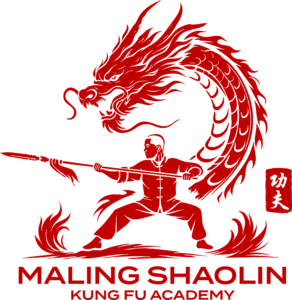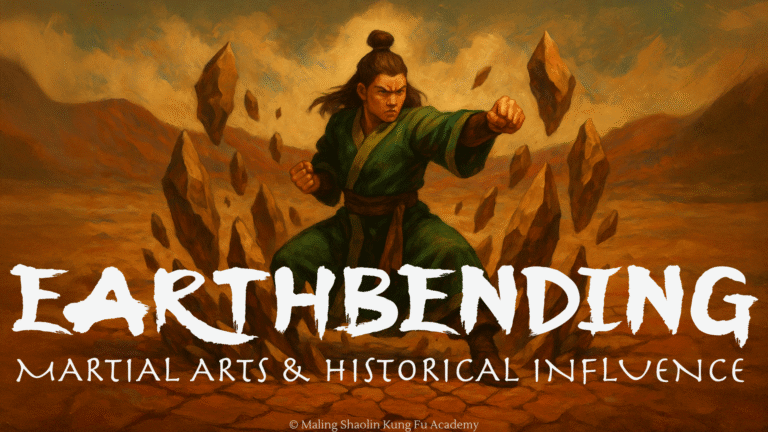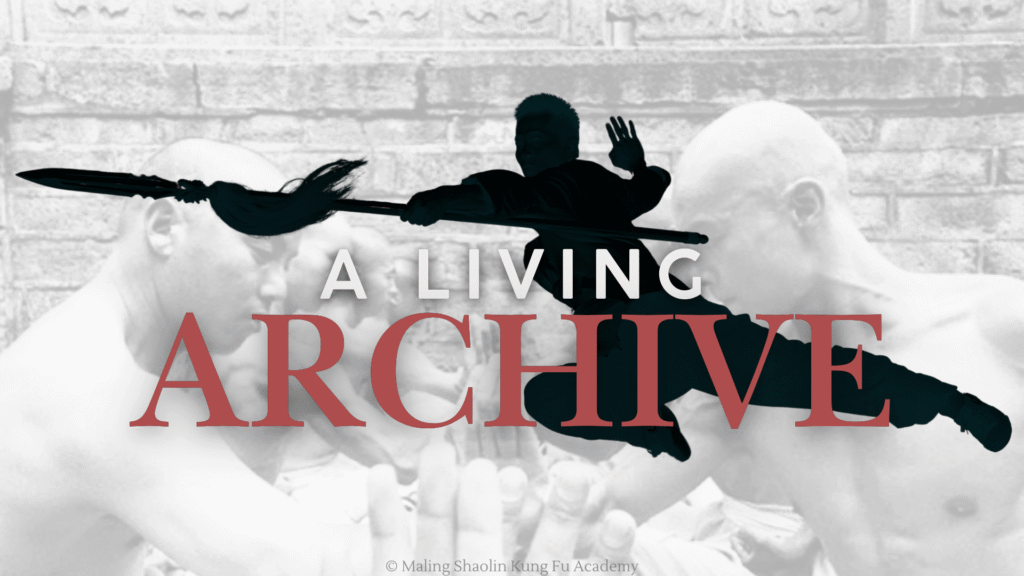
In the final part of our article originally published in Martial Arts Magazine Australia, Issue 8, we explore the vast library of styles, forms, and weapons taught at the Shaolin Temple—and how they’re preserved as living traditions rather than static relics.
This section dives into the styles, forms, and weapons themselves: what they are, where they come from, how they differ, and what makes Shaolin’s approach to them unique. We’ll explore how the temple came to house hundreds of forms, how its weapons curriculum is categorized, and how Shaolin’s fighting system emphasizes practicality over performance. Whether you’re new to martial arts or deep in your practice, this part offers a rare look at how Shaolin’s curriculum reflects centuries of adaptation, wisdom, and martial purpose.
A Living Archive
So far, we’ve explored how the Shaolin Temple became a martial crossroads and how its system is built on a rich interplay of internal and external practice. But what does this look like in real-world training? What exactly do students of Shaolin Kung Fu learn?
To answer this, we must understand the scope of what the temple has preserved—not just as a relic of the past, but as a living, evolving body of martial knowledge. As discussed previously, Shaolin is not defined by a single style or form. It is a vast archive of movements, weapons, techniques, and philosophies—many of which have roots in other systems, but have been refined, tested, and adapted within the temple.
One of the biggest misconceptions about Shaolin is that it teaches a single, standardized martial art. But Shaolin is not just a style. It is a concentration of many styles, shaped by centuries of exchange. In modern practice, many of these styles still exist within the curriculum. Some are integrated into the daily training of monks and lay disciples. Others are kept alive by specific lineages or through occasional practice, like historical preservation.
What unites them all is the Shaolin approach—an emphasis on efficiency, full-body integration, spiritual presence, and the union of hard and soft.
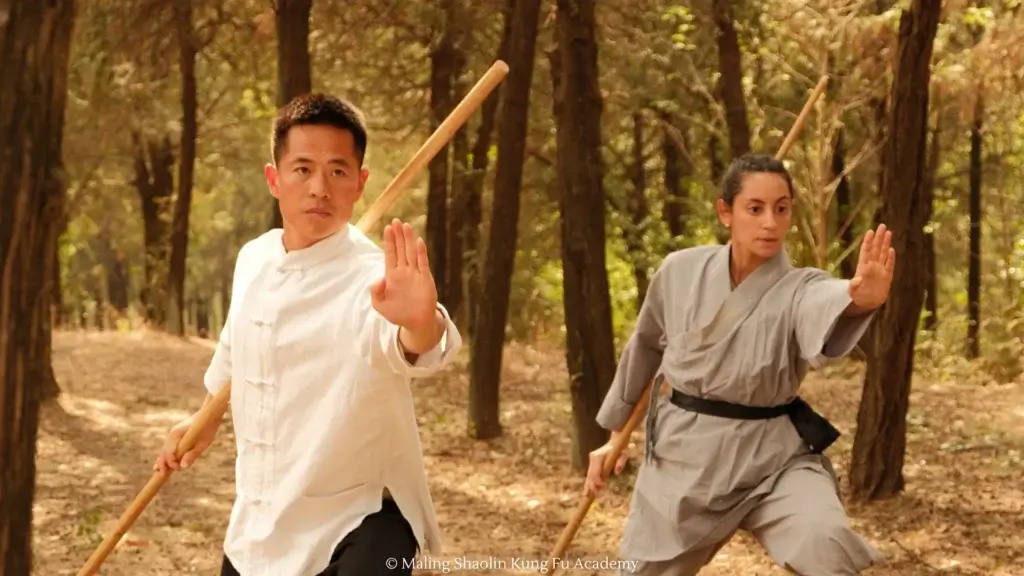
It’s estimated that there are over 700 unique forms within Shaolin martial arts, making it the most form-rich system among all Chinese martial arts. And these aren’t just performance routines.
Each form is a living manual, passed down from master to student,
containing embedded combat applications, energy training, coordination drills, and philosophical lessons. Each form typically contains three specific fighting applications, meaning the system holds more than 2,100 distinct combat skills—from joint locks and throws to strikes, counter-attacks, redirections, and combinations. The sheer volume of material reflects Shaolin’s role not just as a practitioner of martial arts, but as a keeper of its heritage.
But quantity isn’t everything. Traditional Shaolin places greater value on the depth of application than on flashy performance. A student who knows just five forms well—with precise application and internal understanding—may be far more effective than one who has memorized thirty shallowly. In practical combat, a skilled fighter may only use three to five techniques. The rest is adaptability. The more forms you understand, the more tools you have to face unique opponents and conditions.
Shaolin’s weapon training is as vast and varied as its forms. It includes long weapons, short weapons, soft weapons, double weapons, and more—each with its own logic and purpose. Long weapons include the qiang (spear), gun (staff), pudao (horse-cutting blade), etc. Short weapons include the dao (broadsword), jian (straight sword), etc. Soft weapons include the sanjiegun (three-section staff), bian (whip), etc. Double weapons include shuangdao (twin sabers), shuangchui (paired hammers), shuangfu (twin axes), etc. There are 18 recognized ‘Arms of Shaolin’ (十八般兵器), or 18 traditional warrior weapons, but many more exist within Shaolin beyond that.
Weapon practice in Shaolin isn’t about theatrical flourish. It’s a way to extend the body’s mechanics, amplify fighting range, and hone coordination. Many weapons are also used for paired drills—learning timing, distance, and real-time adaptability with a partner. Importantly, weapons are taught only after a strong foundation is laid in unarmed techniques. This reflects a traditional belief:
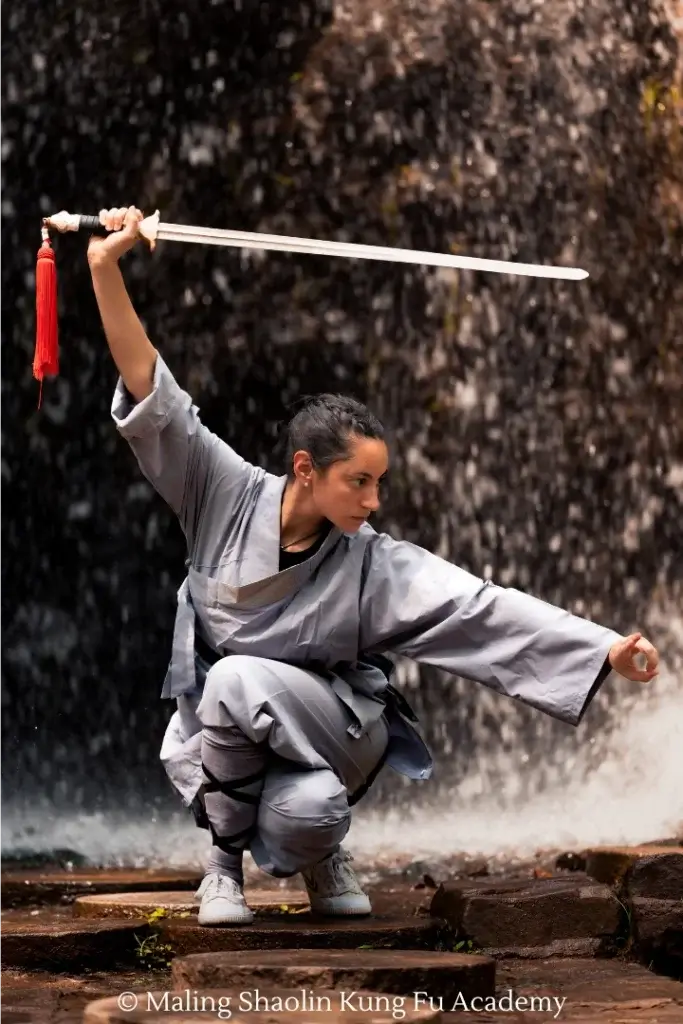
if you cannot control your own body, you should not yet attempt to control a weapon.
Every punch, every stance, every turn of the wrist within Shaolin carries more than physical purpose—it is part of a larger cultural system. Martial virtue (wude), respect for lineage, daily discipline, meditation, and humility are interwoven into training. Students don’t just learn how to fight. They learn how to walk, breathe, and observe with intention. Forms are not performed. They are embodied. Weapons are not props. They are extensions of character. Styles are not trophies. They are responsibilities to be preserved and passed down.
What makes Shaolin unique is not that it has the oldest techniques, the hardest punches, or the flashiest forms. Many styles can boast these qualities. What makes Shaolin different is the breadth of what it holds, the depth of how it teaches, and the philosophy that ties it all together. It is a system built not for performance, but for transformation—of the body, of the mind, and of the spirit. Within its walls is not one style, but the echoes of hundreds. To train Shaolin is to train within a lineage that is both ancient and evolving. It is to contribute to a legacy that you did not create, but must carry forward.
The Temple as a Mirror
The Shaolin Temple is not just a place. It is a reflection of martial arts itself—layered, adaptive, alive.
It is a place where forms are practiced on stone floors worn smooth by generations. Where students recite poems about balance while conditioning their fists. Where monks meditate at sunrise and leap across rooftops at noon. Where tradition is preserved not in museums, but in movement.
To ask what is taught at the temple is to ask what martial arts can become when treated not as a product or performance, but as a way of life. It is to recognize that Shaolin doesn’t teach a style—it teaches a system. And within that system is an invitation:
To strengthen.
To soften.
To seek.
To stay.
Want To Read More?
Check out Part 1, All Martial Arts Under Heaven Come from Shaolin?, and Part 2, A System Both Broad and Deep If you want to support the magazine, check out the digital or, if you live in Australia, printed copy of Martial Arts Magazine Australia (MAMA), Issue 8 on their website.
Disclaimer: We do not receive any financial compensation from the sales or distribution of Martial Arts Magazine Australia, Issue 8, which features the referenced article. Our sole intent is to share our contribution to this publication with our readers.
